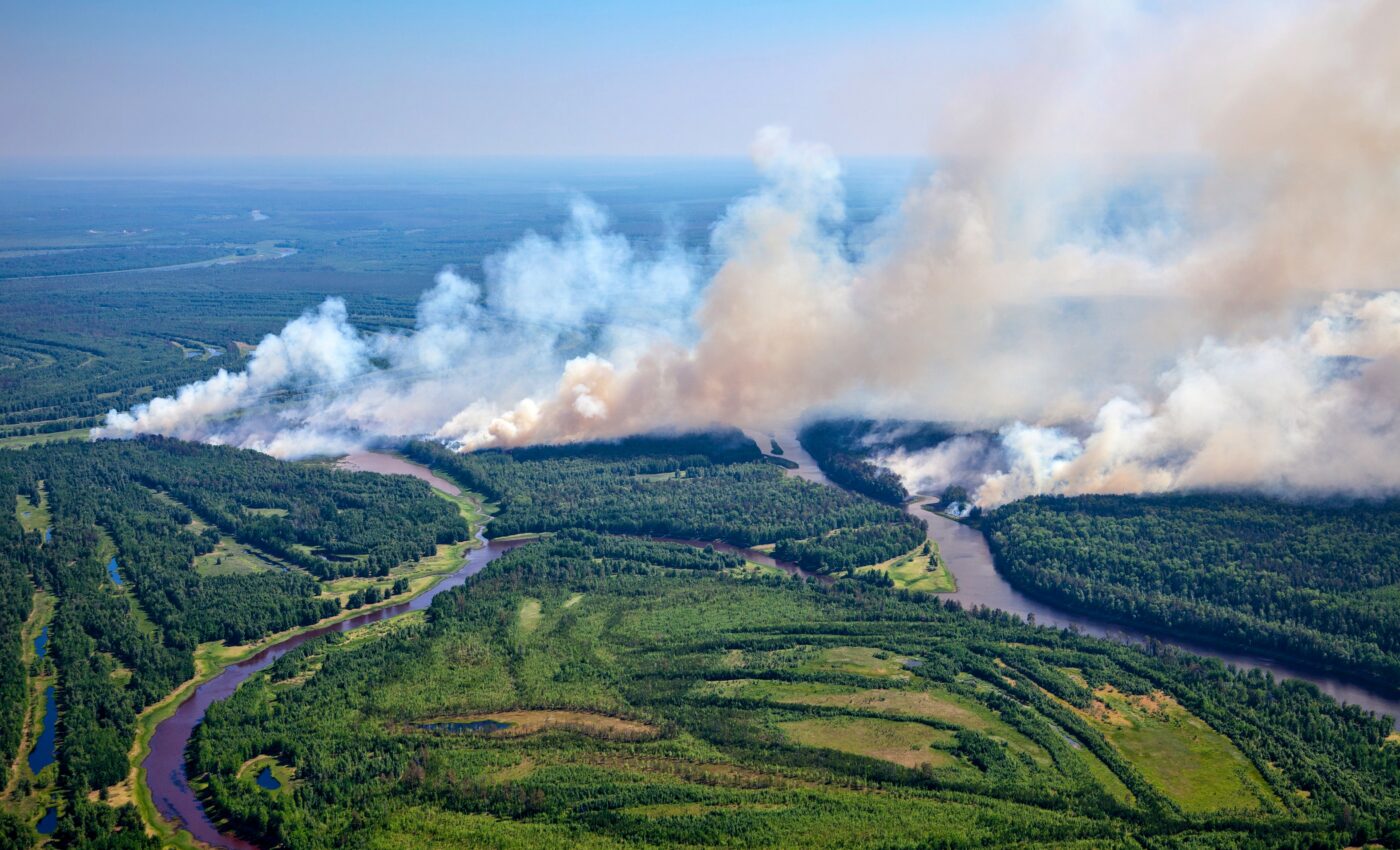
Wildfire smoke particles erode the ozone layer
Wildfires are known to pump smoke up into the stratosphere, where the particles can drift for more than a year. By focusing on the “Black Summer” megafire that devastated eastern Australia from December 2019 to January 2020, pumping over one million tons of smoke into the atmosphere, a team of researchers from the Massachusetts Institute of Technology (MIT) has found that smoke particles can trigger chemical reactions that erode the protective ozone layer protecting the Earth from ultraviolet radiation.
Building upon a previous study that identified a chemical reaction between fire aerosols and chlorine-containing compounds originally emitted by factories in the form of chlorofluorocarbons (CFCs) that produces an ozone-depleting molecule (chlorine monoxide), the experts discovered that aged wildfire smoke particles play a disproportionate role in this process, enhancing ozone loss rates even over mid-latitudes, at relatively warm stratospheric temperatures.
By triggering this reaction, the Australian wildfires likely contributed to a three to five percent depletion of total ozone at mid-latitudes in the southern hemisphere, in regions over Australia, New Zealand, and parts of South America and Africa. The scientists were surprised to find that these fires had an effect even in the polar regions, affecting the edges of the ozone hole over Antarctica, and widening it by 2.5 million square kilometers.
The long-term effects of wildfires on ozone recovery are still unclear. Although the ozone hole – and ozone depletion around the globe – are currently on a recovery track due to sustained international efforts to phase-out ozone depleting chemicals, the recent findings suggest that, as long as these chemicals persist in the atmosphere, massive wildfires may spark reactions that could temporarily deplete ozone.
“The Australian fires of 2020 were really a wake-up call for the science community,” said study lead author Susan Solomon, a professor of Environmental Studies at MIT. “The effect of wildfires was not previously accounted for in [projections of] ozone recovery. And I think that effect may depend on whether fires become more frequent and intense as the planet warms.”
“There’s now sort of a race against time. Hopefully, chlorine-containing compounds will have been destroyed, before the frequency of fires increases with climate change. This is all the more reason to be vigilant about global warming and these chlorine-containing compounds,” she concluded.
The study is published in the journal Nature.
—
By Andrei Ionescu, Earth.com Staff Writer
Check us out on EarthSnap, a free app brought to you by Eric Ralls and Earth.com.













